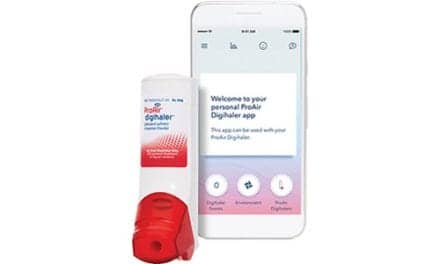Hamilton Medical has released the new Hamilton-C1 neo, which combines a range of therapy options with mobility into a ventilator designed specifically for neonates. Combining invasive and noninvasive modes with the options of nCPAP in a very small footprint, this dedicated neonatal ventilator makes it easier for caregivers to help the most fragile of patients, according to the company.
The Hamilton-C1 neo provides tidal volumes as low as 2 ml for effective, safe, and lung-protective ventilation even for the smallest patients. Both the proximal flow sensor, designed to minimize the dead space, and the neonatal expiratory valve were developed specifically for neonates. The precise measurement of pressure volume, and flow directly at the airway opening ensures the required sensitivity and a quick response time. Your most fragile patients should benefit from a better synchronization and less work of breathing as a result.
Using the IntelliTrig leakage compensation function, the Hamilton-C1 neo identifies the leak by measuring the flow at the airway opening and uses this data to automatically adjust the gas delivery, while still remaining responsive to the set inspiratory and expiratory trigger sensitivity (ETS). This ensures adaptive synchronization with the neonate’s breathing pattern in both invasive and noninvasive modes.
The nCPAP modes of the Hamilton-C1 neo are engineered in such a way that you only need to set the desired CPAP/PEEP. The flow is subsequently adjusted automatically based on the patient condition and potential leaks. This prevents unintended peak pressures and guarantees highly efficient leak compensation. In addition to the standard nCPAP mode, the Hamilton-C1 neo also features the biphasic nCPAP-PC (pressure controlled) mode. This mode allows you to set two pressure levels as well as the rate and inspiratory time.
Its versatility makes the Hamilton-C1 neo to an ideal companion for your smallest patients in various situations such as the delivery room and intensive care unit, as well as during intrahospital transport.










